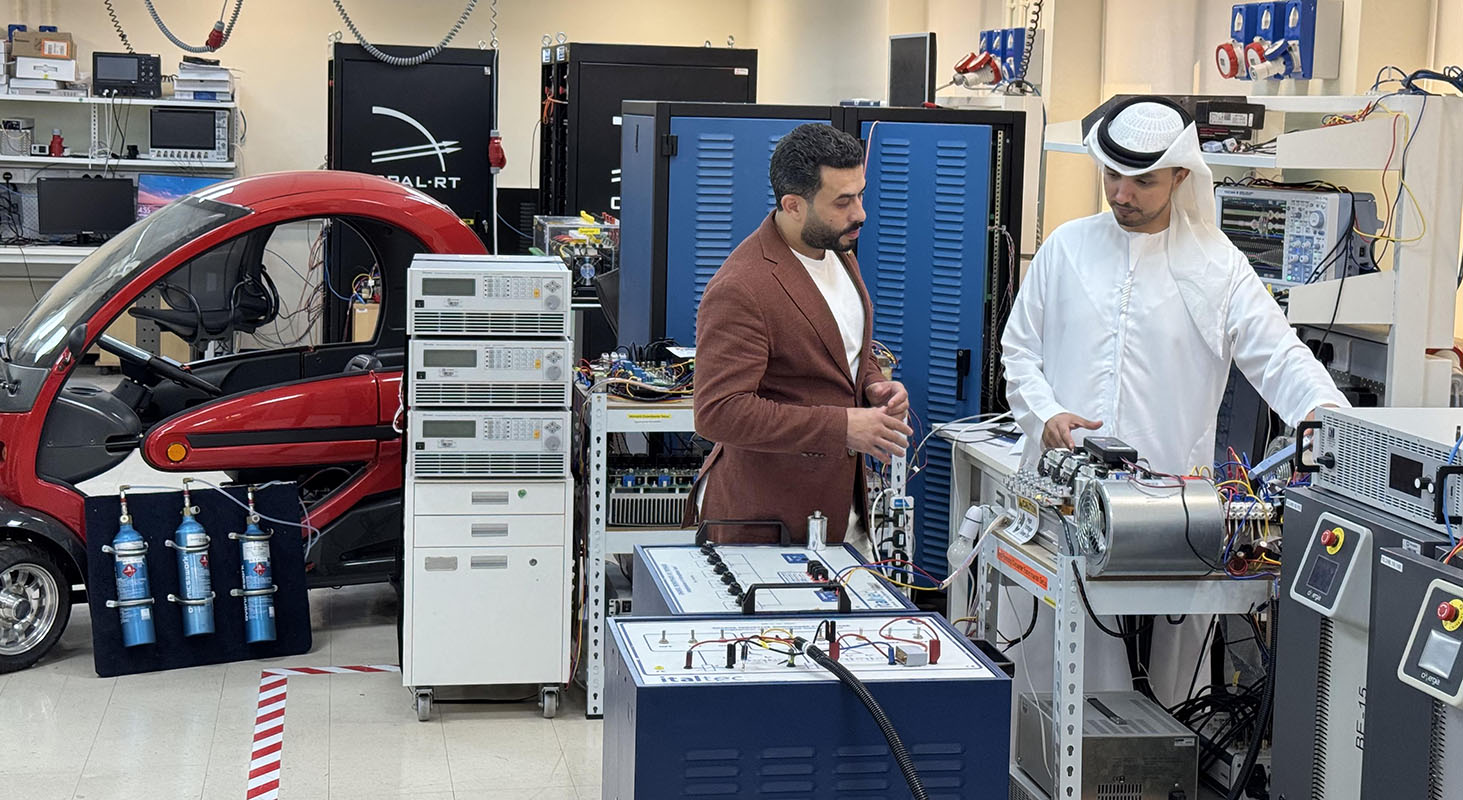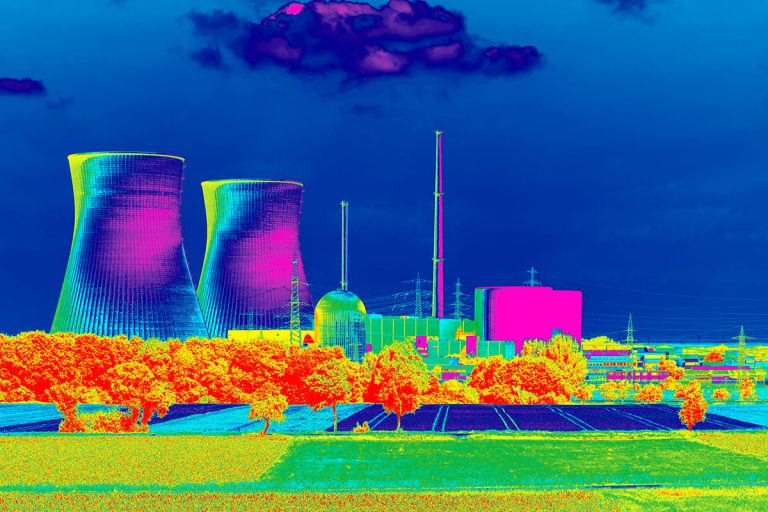Making hydrogen a viable auto fuel
Hydrogen refuelling stations could become financially viable if fitted with multiple tanks and control systems that enable hydrogen trading.
Hydrogen-powered electric vehicles promise clean energy on the go—zero emissions, greater range, and faster refuelling compared to their battery-powered counterparts. Yet, despite these benefits, high costs and an unpredictable supply chain mean refuelling stations remain scarce. With only a few thousand hydrogen refuelling stations worldwide, the dream of hydrogen-powered transport still faces significant hurdles
One way to drive the development of this infrastructure is to improve the cost-effectiveness and reliability of hydrogen refuelling stations. A team led by Khalifa University Associate Provost for Research, Ahmed Al-Durra, has designed a computer-controlled station that generates revenue while providing a reliable, affordable hydrogen supply amid fluctuating demand and supply, and rapid price changes.
“Our findings pave the way for an economically viable, flexible hydrogen infrastructure”
Ahmed Al-Durra
“Our findings pave the way for an economically viable, flexible hydrogen infrastructure — key to decarbonizing transportation—and to improve the reliability of hydrogen supply, boosting operational efficiency and supporting national and global sustainability agendas,” says Al-Durra.
The team’s proposed station is powered by solar and wind and fitted with multiple storage and supply tanks. These tanks enable simultaneous fueling of multiple electric vehicles, and hydrogen trading on the open market or its conversion to electricity for resale.
The station can operate either connected or not connected to the hydrogen market. “In off-connected mode, the system relies solely on renewable energy sources and local storage, enhancing autonomy,” explains Al-Durra. “On-connected mode introduces flexibility by enabling hydrogen trading—purchasing when supply is low and selling surplus to maximize revenue.”
The selection “involves the consideration of various factors, such as forecasted data, economic circumstances, environmental objectives, resilience needs and user preferences,” says postdoc fellow in electrical engineering, Muhammad Bakr Abdelghany. To intelligently switch between refuelling cars, trading hydrogen or selling electricity, the control strategy uses two mathematical techniques designed to deal with complexity and uncertainty—Boolean relaxation and Model Predictive Control. This combination reduces computation time.
Through computer simulation, the team has shown that their flexible design not only cuts operational costs but boosts hydrogen supply reliability. This makes it a superior solution compared to other mathematical models previously proposed for optimizing hydrogen fuelling station performance.
“Simulation results show that the waiting time of the average vehicle is also reduced by around 30%, resulting in less downtime for hydrogen-fueled electric vehicles,” says Al-Durra.
As a next step, the team plan to test their control strategy in a real hydrogen filling station and is also considering incorporating AI for greater responsiveness to changing conditions.
“Additional developments include exploring different hydrogen refuelling station configurations, such as integration of other energy-storage systems, the inclusion of additional renewable energy sources, and interactions with multiple energy markets,” says Al-Durra.
Reference
Abdelghany, M.B.; Al-Durra, A.; Zeineldin, H.; El Moursi, M.S.; Hu, J. and Gao, F. Optimizing resilient parallel refueling operations: relaxed stochastic economic mobility scheduling for fuel cell vehicles with multiple hydrogen storage systems. eTransportation, 23, 100393, 2025. | Article




